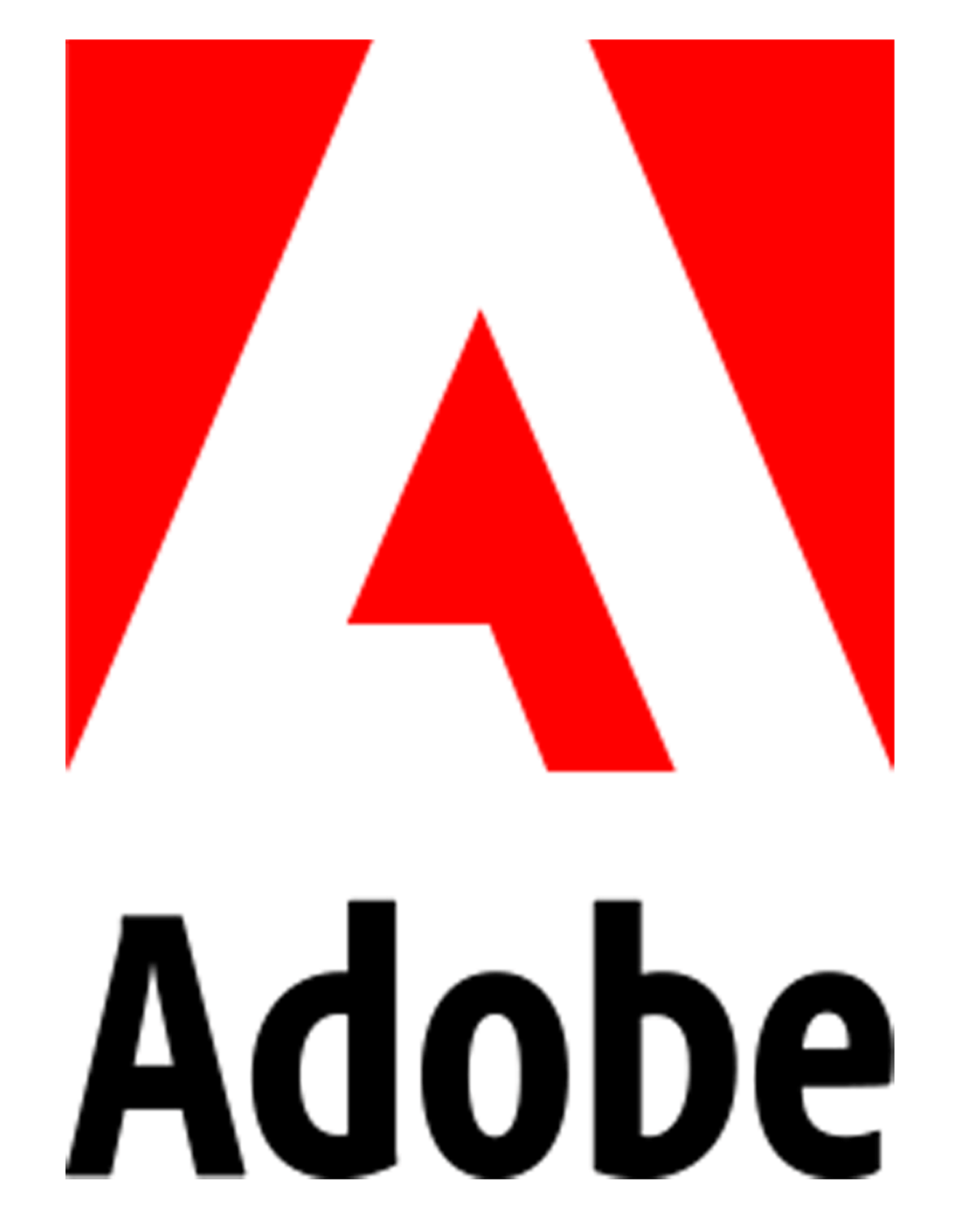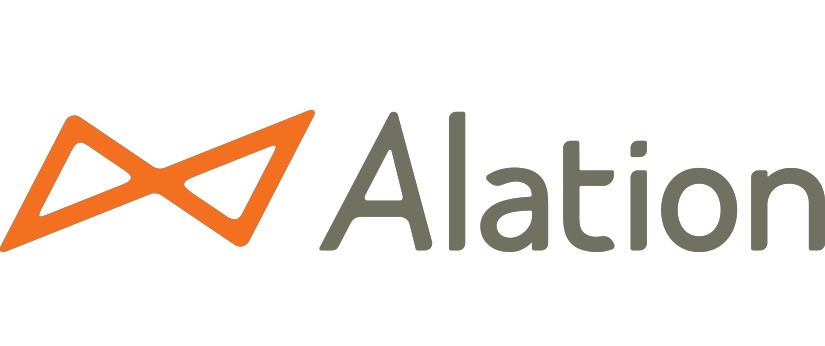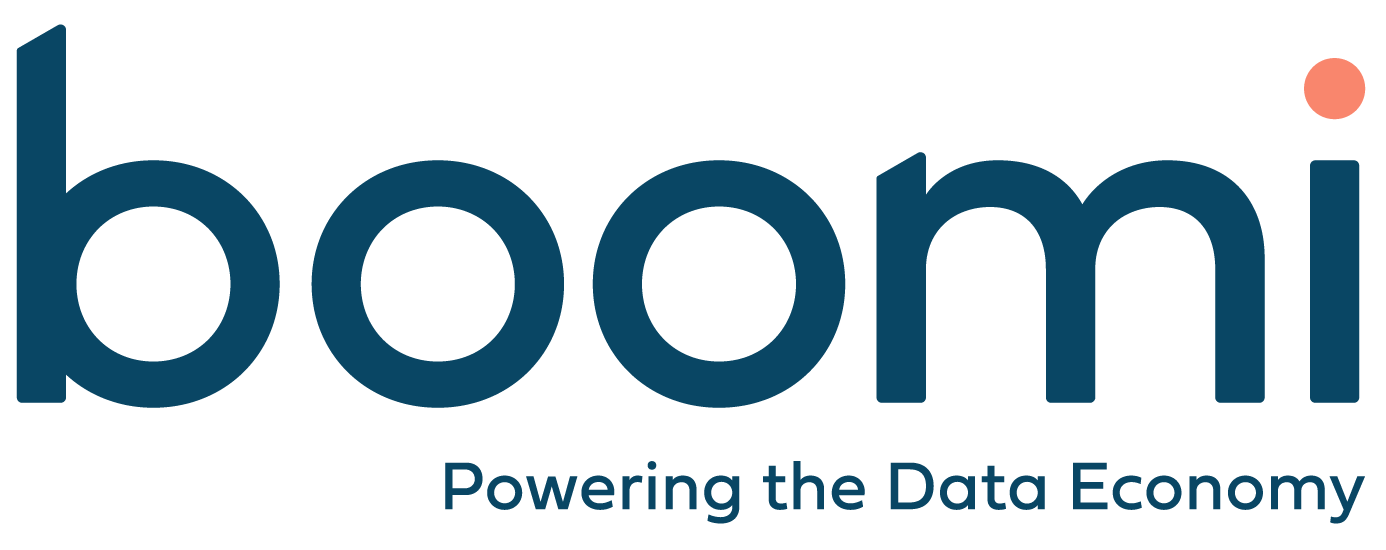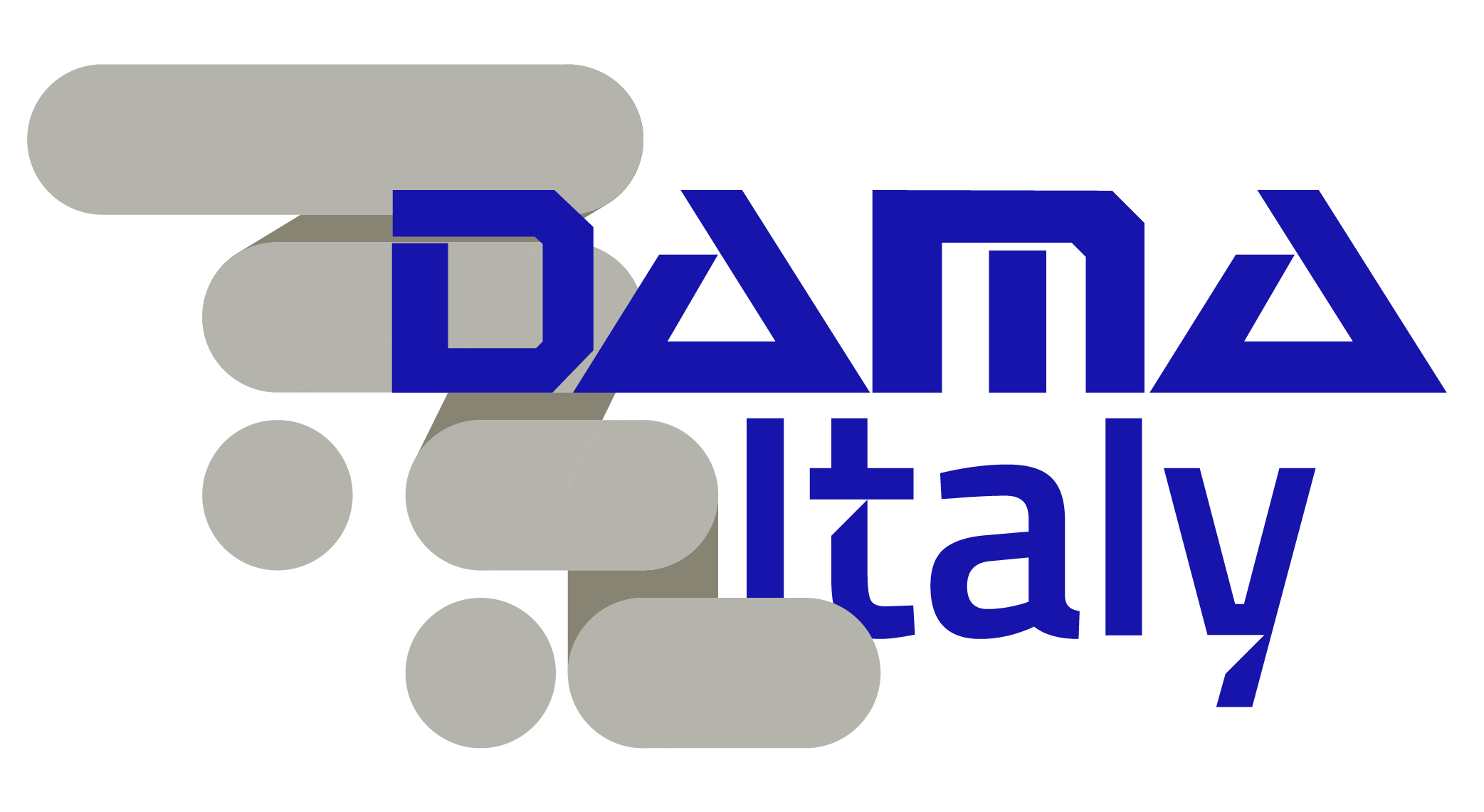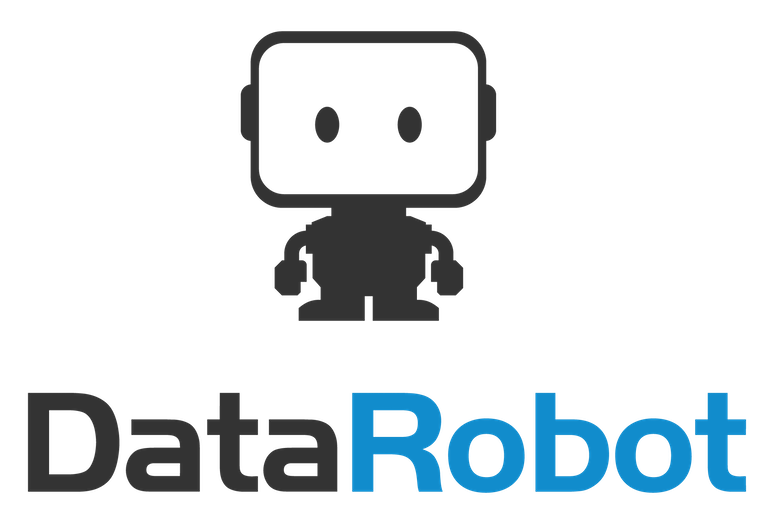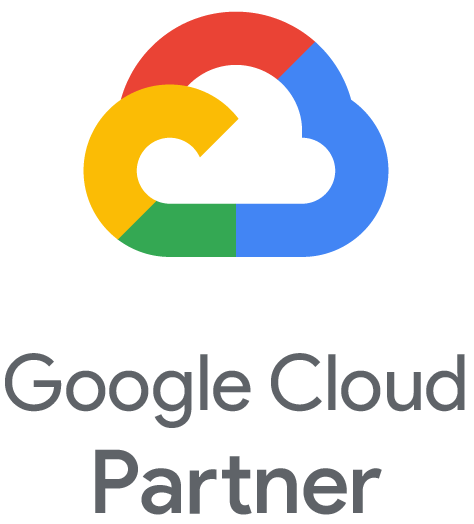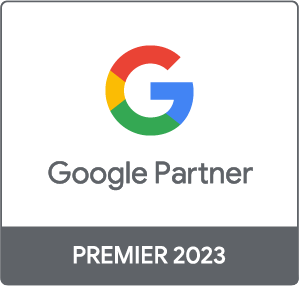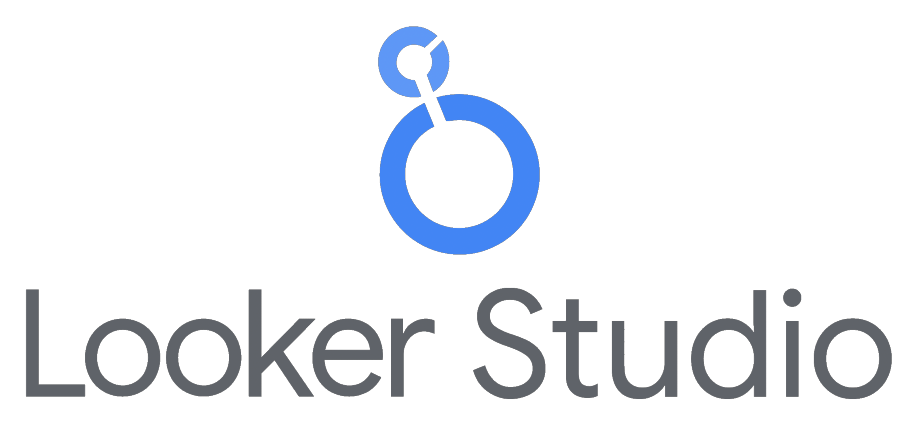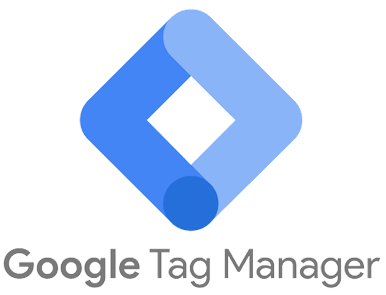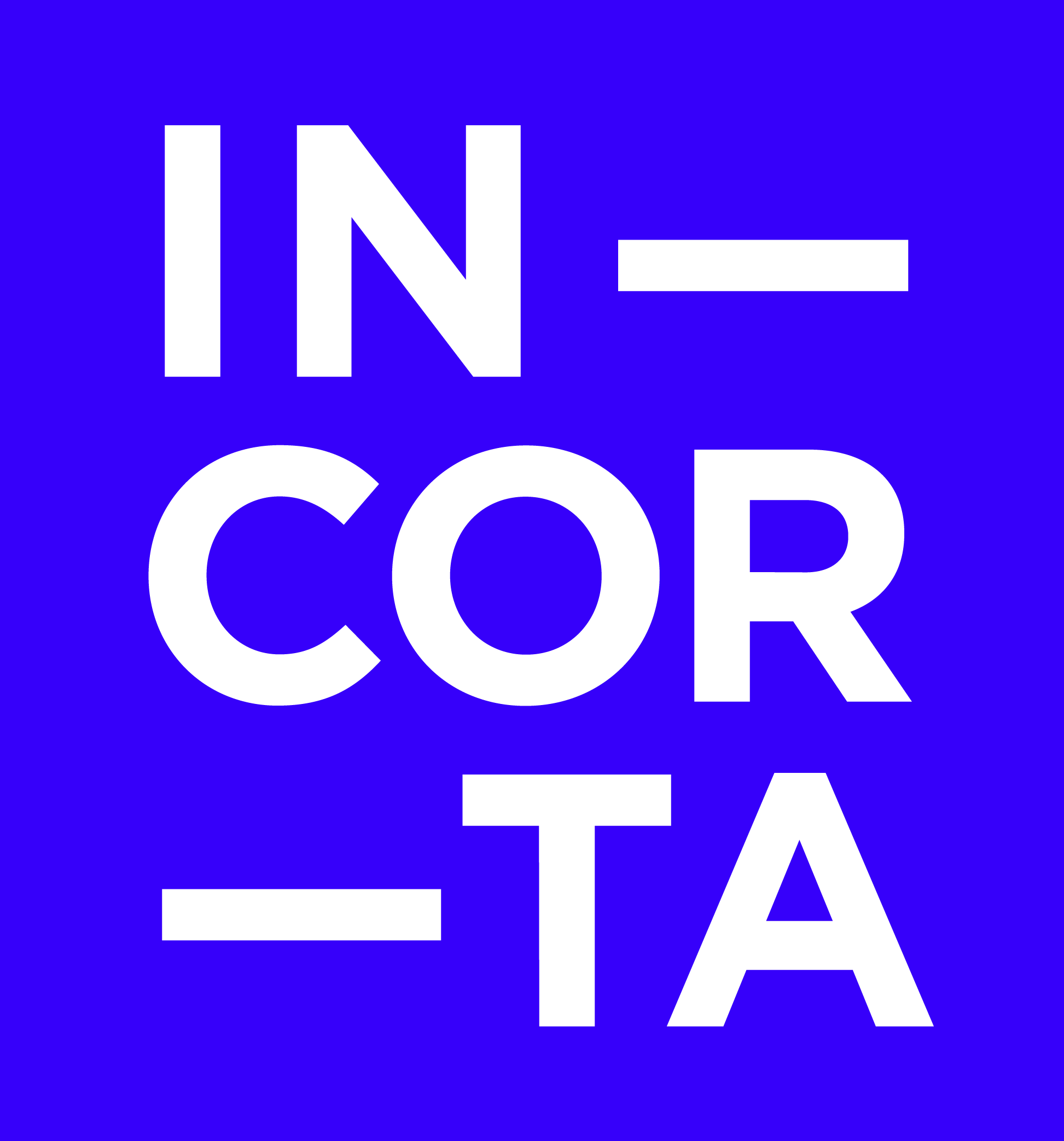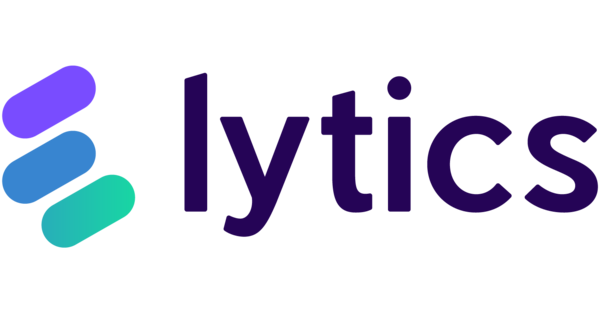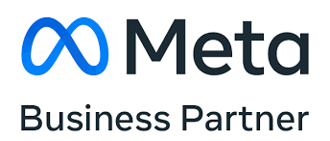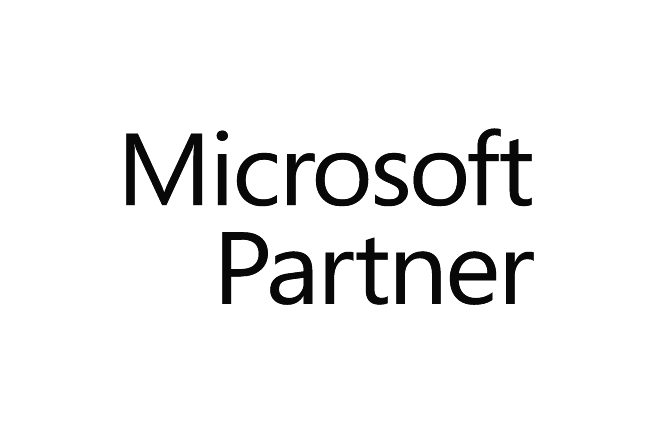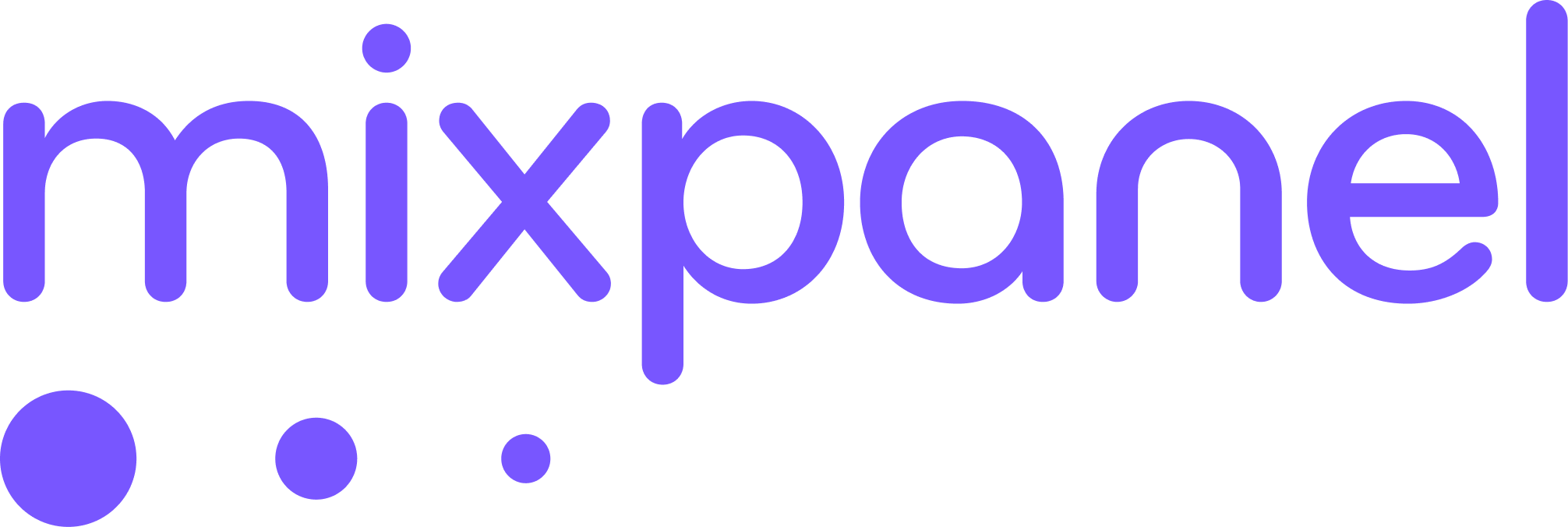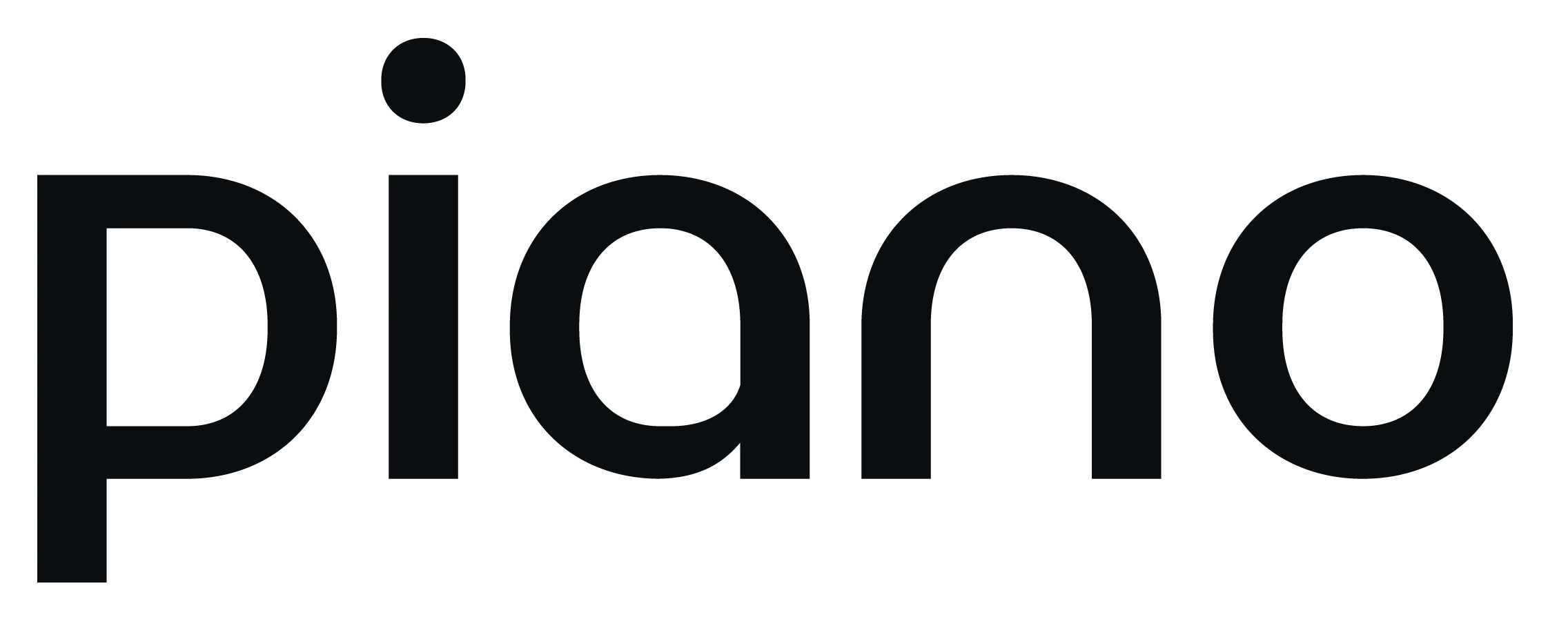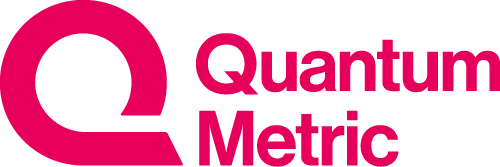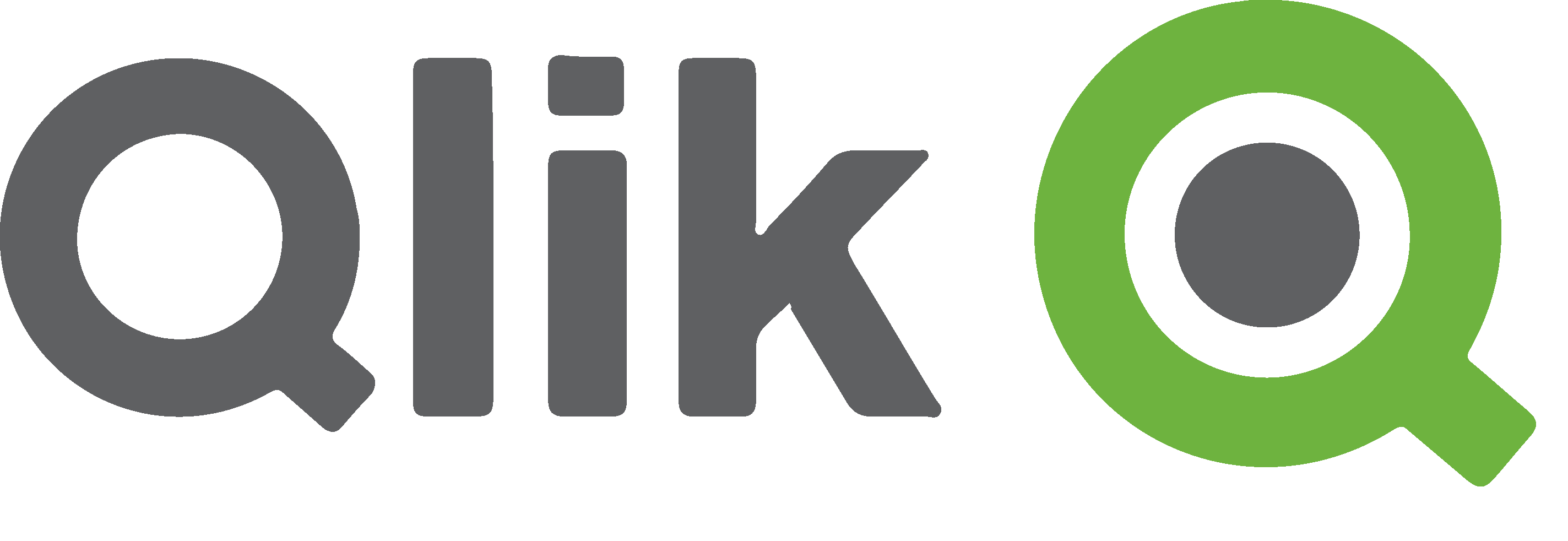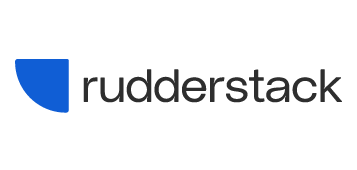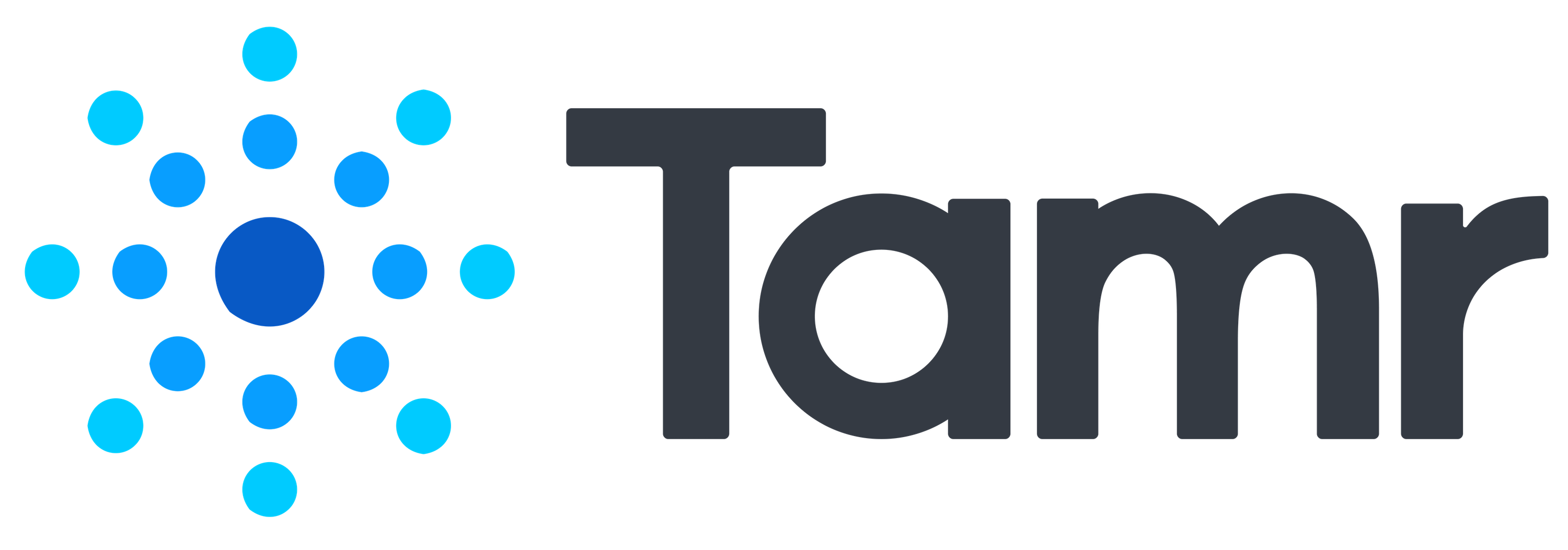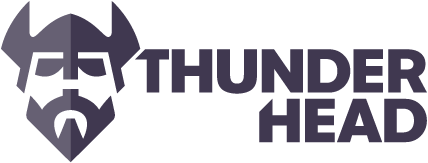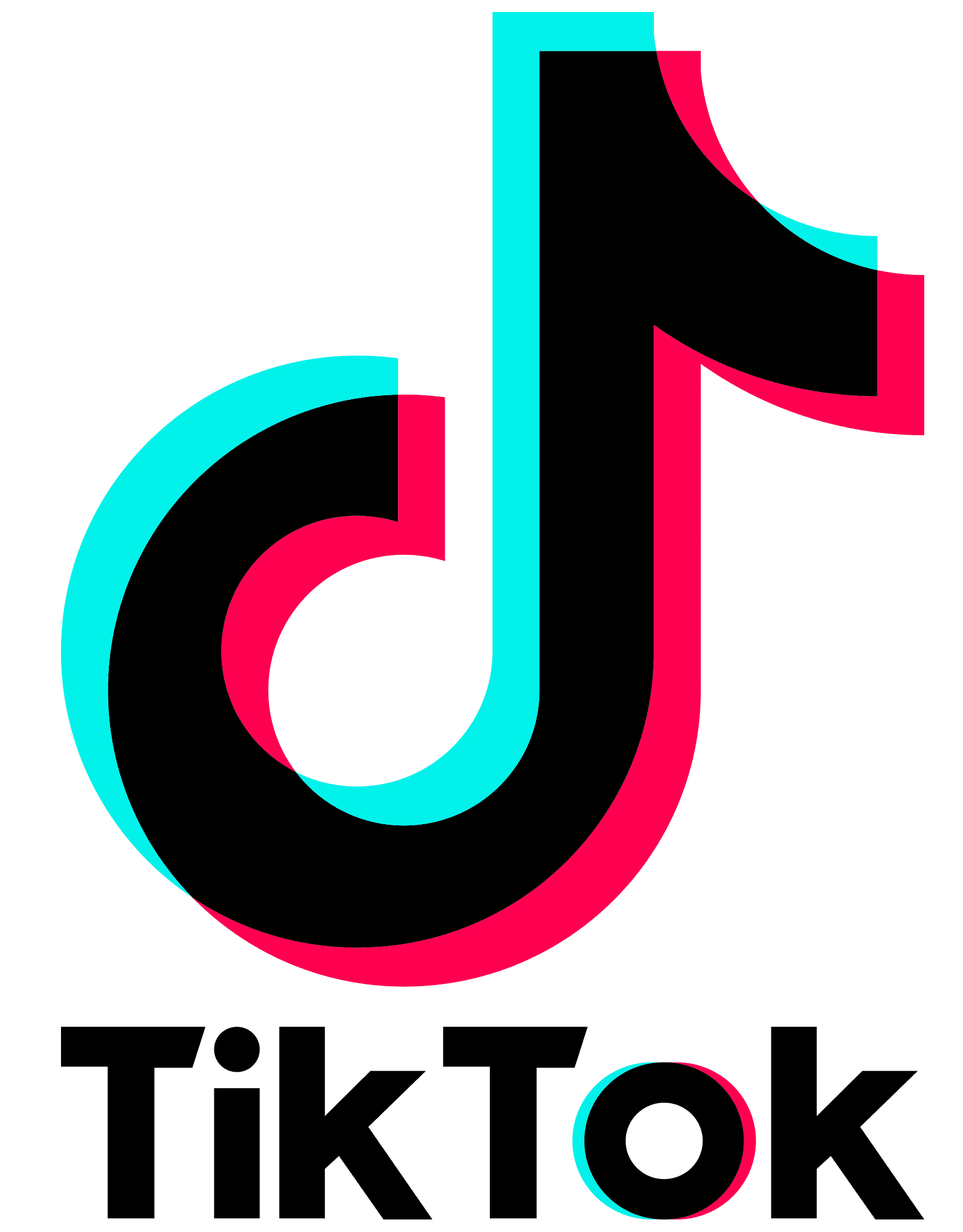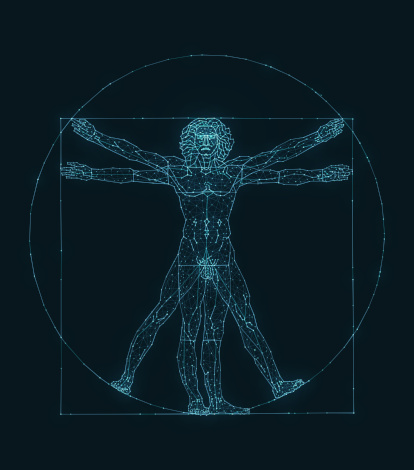What is Journey Orchestration?
Journey Orchestration tools similarly offer a comprehensive solution for delivering superior customer experiences in real time across channels. While CDPs gather data from different platforms, Journey Orchestration tools conduct deep journey analysis of that data and make real-time decisions about how to reach customers in the moment.
Journey Orchestration spans across multiple key stages, including:
- Real-time data collection from across channels, like websites, mobile apps, and call centers
- Transformation of data into the same easily readable language or format
- Audience association to qualify profiles for certain campaigns and targeting opportunities
- Actionable strategies to engage audiences in real time and create personalized messages
What are the benefits of Journey Orchestration?
More specifically, the biggest benefits of Journey Orchestration include:
- Identifying customer intent. Journey Orchestration doesn’t just collect customer demographics and characteristics; it actually pinpoints their intent, helping marketers develop a clear view of each person’s values and needs.
- Adapting to the customer’s experience. Journey Orchestration is a truly customer-centric solution, helping marketers reach the customer where they know they are instead of where they want them to be or assume they will be.
- Increased satisfaction. With Journey Orchestration, departments across an organization can gain valuable insights for improving customer service, sales strategies, product usage and maturity, and customer lifetime value.
Which solution is best for your business?
The answer to this question will vary depending on each business’ goals, of course. Customer Strategy is also an ongoing, ever-evolving process. You may only need a CDP, you may need both a CDP and Journey Orchestration tool, or you may find different uses and needs for each over time.
If the focus is on the customer, for example, a CDP will likely be your starting point. If, on the other hand, the focus is on user journeys, the first step is a Journey Orchestration tool, especially if you need to map, visualize, and analyze those journeys.
That’s why, in pinpointing the best solutions for your customer strategy, it can help to ask these questions:
- How can I best access and activate the large amount of data I already have?
- Am I able to sync and leverage data in the moment for a comprehensive view of each customer over time?
- Can I make decisions in real time to deliver the most value-driven, relevant experiences across channels?
Whichever mix of solutions you choose, make sure you have the tools to adapt to the evolving, ongoing customer experience — allowing your brand to build those meaningful audience relationships and meet people wherever are along their journey.




